Description
Transformer Dyhydration –



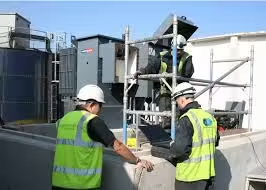
Transformer dehydration (also known as transformer dehumidification) is a critical maintenance process that involves removing moisture from a transformer’s insulation oil and internal components to maintain the transformer’s operational integrity. Moisture in transformer oil can degrade its insulating properties, increase the risk of electrical faults, and reduce the transformer’s lifespan.
Why Transformer Dehydration is Necessary:
- Moisture in Transformer Oil: Over time, transformers absorb moisture from the air, especially when exposed to humidity, temperature fluctuations, or if there are leaks in the sealing. This moisture can degrade the insulating oil, causing a decrease in its dielectric strength and making the transformer more susceptible to faults.
- Preventing Insulation Damage: Water in the transformer can damage the paper insulation around the windings, leading to reduced efficiency, breakdowns, or even transformer failure. This is particularly problematic for the long-term operation of the transformer.
- Maintaining Oil Quality: The oil inside a transformer serves two primary functions—cooling and insulation. When oil becomes contaminated with moisture, its ability to both insulate and cool the system is compromised, leading to overheating, insulation degradation, and failure to suppress electrical discharges.
Transformer Dehydration Methods:
- Offline Dehydration (Vacuum Dehydration):
- Vacuum dehydration is one of the most commonly used methods. It involves reducing the pressure inside the transformer and applying heat to the oil. The heat causes the moisture to evaporate, and the vacuum ensures that the vaporized water is removed from the system.
- The process works by pulling a vacuum on the transformer tank, which reduces the boiling point of water, allowing the moisture to be removed more efficiently. The moisture-laden air is then pumped out, and dry, clean air is introduced.
- Advantages:
- Highly effective at removing moisture from the oil.
- Suitable for transformers with a significant amount of moisture buildup.
- Steps:
- Disconnect the transformer from the system and drain the oil.
- Apply a vacuum to the tank to lower pressure.
- Heat the oil slightly to speed up the evaporation of moisture.
- Continue to maintain the vacuum and remove moisture until oil tests show an acceptable level of dryness.
- Online Dehydration (Breathing Systems and Silica Gel Filters):
- Online dehydration is a process used when the transformer is in service and cannot be taken offline. This method involves circulating air or dry gas (like nitrogen) through the transformer and using desiccants like silica gel to absorb moisture.
- Breathing systems and moisture-absorbing silica gel filters are placed on the breather or vent of the transformer to remove moisture from the air entering the transformer. This helps to prevent moisture from being introduced into the transformer over time.
- Advantages:
- Can be performed while the transformer is online (i.e., it does not need to be taken offline).
- Continuous operation helps in managing small amounts of moisture over time.
- Steps:
- Install silica gel filters on the air vent or breather of the transformer.
- Silica gel absorbs the moisture from the air entering the transformer as it breathes.
- Periodically, the silica gel is dried or replaced to maintain moisture removal.
- Oil Filtration (Degassing):
- In this process, oil is pumped through filtration units that remove moisture and other contaminants. It is typically combined with vacuum dehydration or other methods to further clean the oil and restore its insulating properties.
- Steps:
- The transformer oil is pumped through a filtration system that removes moisture, gases, and other impurities.
- The clean oil is then returned to the transformer.
- Heat Treatment:
- Heat treatment of transformer oil involves circulating oil through an external heat exchanger or heater to evaporate the moisture, which is then extracted using a vacuum or another method.
- Steps:
- The oil is heated to a specific temperature to aid in the evaporation of water.
- Moisture-laden oil is then evacuated from the transformer and passed through drying equipment.
- Transformer Oil Replacement:
- In extreme cases where moisture levels are very high and cannot be removed through the methods above, complete oil replacement might be necessary.
- New insulating oil with no moisture content is pumped into the transformer to replace the contaminated oil.
Indicators That Dehydration is Needed:
- Increase in moisture levels: Regular testing of the transformer oil can indicate if moisture levels are above acceptable limits. This can be tested using an oil dielectric strength test or by analyzing the moisture content using a Karl Fischer titration test.
- Frequent tripping of protection devices: Excess moisture can cause electrical discharges or create partial discharges, leading to the tripping of protection relays.
- Increased temperature: Moisture in the transformer oil can lead to higher operating temperatures, which could trigger overheating protection.
- Odors or unusual sounds: Sometimes, the breakdown of insulation or overheated oil can produce a burnt smell or other odd signs of malfunction.
Benefits of Transformer Dehydration:
- Improved Insulation: Removing moisture restores the oil’s dielectric properties, ensuring the transformer can safely handle electrical load and prevent short circuits or arcing.
- Enhanced Cooling: Dehydration helps the transformer oil maintain its cooling efficiency, preventing overheating of the core and windings.
- Extended Transformer Life: Regularly dehydrating the transformer can prevent insulation breakdown and improve the overall lifespan of the transformer.
- Operational Efficiency: Properly dehydrated transformers are less prone to electrical faults, reducing the risk of unplanned downtime and costly repairs.
Transformer Dehydration Monitoring:
After dehydration, it is essential to continuously monitor the moisture levels in the transformer oil and the temperature. Monitoring equipment such as moisture sensors, temperature sensors, and online diagnostic tools can provide real-time data to ensure the transformer remains in good condition.


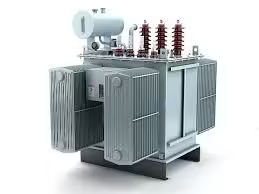
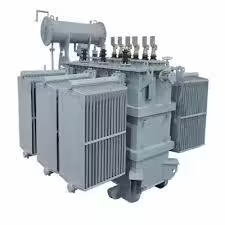

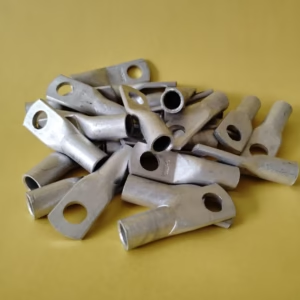
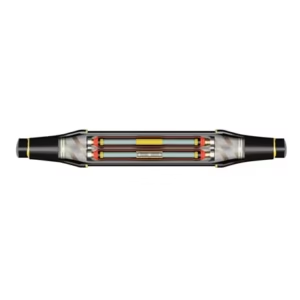

Henry (verified owner) –
Very fast delivery.
Patrick (verified owner) –
Very well worth the money.
Robert (verified owner) –
Good service.
Bryan (verified owner) –
The product is firmly packed.
Paul (verified owner) –
Good quality.
Bryan (verified owner) –
Good service.
Dominic (verified owner) –
Good service.
Zohar (verified owner) –
Very fast delivery.